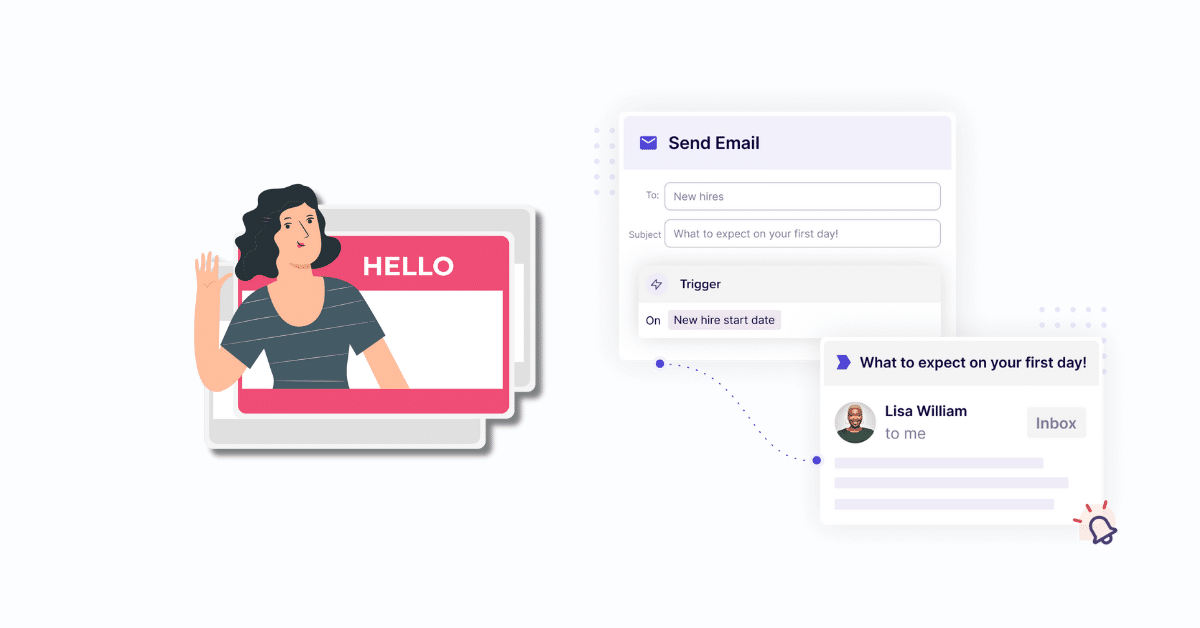Remote onboarding is requiring teams to respond to change rapidly
We’ve talked with hundreds of People Teams at hypergrowth companies in Silicon Valley and across the US. What we learned is that all of them are feeling the effects of three critical changes.
1. The permanent shift to hybrid and remote work is here
People Teams are realizing that there is no going back to “business as usual”. Employees have more optionality than ever before. Talent is difficult to attract and retain. This is aligned with a recent Accenture report citing that 63% of high-growth companies have embraced remote / hybrid work. In a recent Pulse of the American Worker Survey, the report found that 87% of employees want to work from home at least 1 day per week and 68% of employees prefer a hybrid work model. We have officially shifted to hybrid and remote, and teams must adapt swiftly.
2. Remote onboarding is now critical to competitive advantage and business success
The majority of employee journeys now start with remote onboarding. Every company worth their grain of salt knows that this experience is paramount to hiring, engagement, retention, and ultimately business success. It is the first milestone in the employee experience that makes or breaks a new hire’s perception about joining the company.
It’s critical to get this experience right to win the war on talent. According to the SHRM (Society of Human Resource Management), “nearly one-third of all new hires quit their jobs within the first six months.” If they get a seamless experience, it makes the virtual work world much better. And you get a happy, productive team member who will add immense value.
3. Remote onboarding is vastly different from physical onboarding
With physical onboarding, a new hire showed up on Day One to a desk with welcome cards and company swag – a balloon that announced, “I’m new!” Their team took them out to lunch to connect on a personal level. At the “All Hands” meeting, leaders introduced the new hire and shared a fun fact that helped people get to know them. New hires casually met colleagues in the kitchen, over coffee. They were integrated into the company culture and values, through the physical vibe at the office.
Now, the new hire experience is completely different. Your “welcome” is through Slack, email, or Zoom. Finding information or getting questions answered requires finding who to ask. There is a lot of dead time between meetings. Meeting cross-functional partners requires effort and introductions from others, remotely. Company culture is inferred based on each individual’s hybrid meetings – not a cohesive office experience.
The in-office workflows must now be completely redesigned end-to-end from pre-boarding, day one, week one, to 30 / 60 / 90 days and beyond. A tremendous amount of coordination is involved across the organization, including with Execs, IT, Managers, onboarding buddies, team members, and peers.




